The F-22 Raptor: The Pinnacle of Air Superiority
The F-22 Raptor, developed by Lockheed Martin and Boeing, is widely regarded as the most advanced and capable air superiority fighter in the world. As the first fifth-generation fighter to enter service, the F-22 embodies cutting-edge technology, unrivaled stealth, and unmatched aerial combat performance. This blog explores the revolutionary aspects of the F-22, its operational prowess, and its enduring significance in modern air warfare.
Technological Mastery
The F-22 Raptor is a marvel of modern aviation engineering, incorporating state-of-the-art technologies to achieve air superiority. Its development marked a significant leap in fighter aircraft design and capability.
Stealth and Survivability: The F-22’s stealth technology is one of its most defining features. The aircraft’s design minimizes radar cross-section, utilizing advanced materials and shape optimization to reduce detection by enemy radar systems. This stealth capability allows the F-22 to operate undetected in hostile environments, providing a strategic advantage in penetrating advanced air defenses.
Advanced Avionics and Sensors: The F-22 is equipped with a sophisticated suite of avionics and sensors, including the AN/APG-77 Active Electronically Scanned Array (AESA) radar, which provides superior detection, tracking, and targeting capabilities. The aircraft’s integrated avionics system fuses data from multiple sensors, offering the pilot unparalleled situational awareness and information dominance.
Supercruise Capability: The F-22 is capable of sustained supersonic flight without the use of afterburners, a feature known as supercruise. This capability allows the Raptor to cover large distances quickly, intercept and engage threats with minimal warning, and evade enemy defenses effectively.
Agility and Maneuverability: The F-22’s design emphasizes extreme agility and maneuverability. Its thrust vectoring nozzles and advanced flight control systems enable the aircraft to perform highly complex aerial maneuvers, making it exceptionally effective in dogfights and close-quarters combat.
Versatile Armament: The F-22 is armed with a variety of air-to-air and air-to-ground munitions, including AIM-120 AMRAAM and AIM-9 Sidewinder missiles. Its internal weapon bays preserve stealth characteristics, while external hardpoints can be utilized for additional ordnance if required. The aircraft also features a 20mm M61A2 Vulcan cannon for close-in engagements.
Operational Superiority
Since its introduction into service with the United States Air Force in 2005, the F-22 Raptor has established itself as the preeminent air superiority fighter, performing exceptionally in various operational scenarios and exercises.
Combat Readiness: The F-22 has been deployed in several operational theaters, demonstrating its combat readiness and effectiveness. Although its primary role is air superiority, the Raptor has also been employed in ground attack missions, showcasing its versatility and multi-role capability.
Joint Exercises and Training: The F-22 regularly participates in joint exercises and training missions with allied air forces, enhancing interoperability and demonstrating its dominance. Exercises like Red Flag and Northern Edge have consistently highlighted the F-22’s superior performance and tactical advantages.
Deterrence and Strategic Impact: The presence of the F-22 Raptor serves as a powerful deterrent to potential adversaries. Its unmatched capabilities and operational readiness ensure that it can respond rapidly to any aerial threat, maintaining air superiority and safeguarding national security.
Challenges and Future Prospects
Despite its formidable capabilities, the F-22 program has faced several challenges, including high development and maintenance costs, limited production numbers, and evolving threats. However, continuous upgrades and enhancements are being implemented to ensure the F-22 remains at the forefront of air combat technology.
Modernization Efforts: The United States Air Force has initiated modernization programs to upgrade the F-22’s avionics, sensors, and weapons systems. These efforts aim to enhance the aircraft’s capabilities and maintain its technological edge in an ever-changing combat environment.
Operational Sustainment: Ensuring the long-term operational readiness of the F-22 fleet is a priority. Efforts are underway to address maintenance challenges, improve supply chain efficiency, and enhance logistical support to keep the Raptor flying at peak performance.
Conclusion: A Legacy of Dominance
The F-22 Raptor stands as a testament to the pinnacle of air superiority technology. Its unmatched stealth, advanced avionics, and superior maneuverability make it a dominant force in the skies. As the backbone of the United States Air Force’s air superiority capabilities, the F-22 continues to play a crucial role in maintaining global strategic stability.
As modernization efforts continue and the F-22 evolves to meet new challenges, its legacy of dominance and technological excellence will endure. The Raptor is not just a fighter jet; it is a symbol of air power supremacy and a cornerstone of modern aerial combat. Whether defending the homeland or projecting power abroad, the F-22 Raptor remains an indispensable asset in the quest for air dominance.
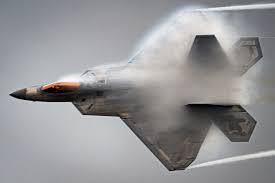
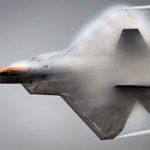
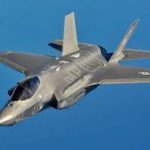
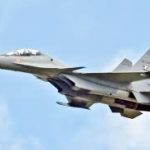
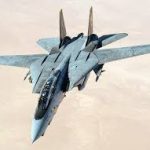
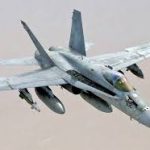
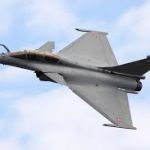
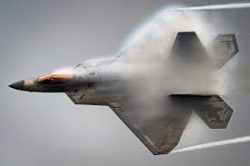



















































https://www.nexusmods.com/20minutestildawn/images/94
https://dme.childrenshospital.org/members/pclairemont/
https://www.energysage.com/project/8795/prestige-clairemont-hyderabad
https://www.findagrave.com/virtual-cemetery/1824087
zaap.bio/pclairemonty
http://nchu-smart-campus.nchu.edu.tw/2017/09/app_45.html?lr=1717048941018
https://teachwithcollections.princeton.edu/mapping-expatriate-paris-the-shakespeare-and-company-lending-library-project-mep/#184352
https://voices.uchicago.edu/chicagoactorsacademy/2019/06/16/tom-hanks/#comment-661
https://r2.community.samsung.com/t5/user/viewprofilepage/user-id/73201428
http://trouetlab.arizona.edu/news/congrats-dr-amy-hudson#comments